*** Proof of Product ***
Exploring the Essential Features of “Theresa Schmidt – 2-Day Orthopedic Myofascial Masterclass: Solutions for Pain, Posture & Mobility – PESI”
2-Day Orthopedic Myofascial Masterclass: Solutions for Pain, Posture & Mobility
Speaker: Theresa A. Schmidt, PT, DPT, MS, OCS, LMT, CEAS
Duration: 12 Hours 03 Minutes
Format: Audio and Video
Description
People in pain care about one thing – getting out of pain. You see the frustration and even desperation in your patients and more than anything want to play an active role in improving their quality of life. One of the most effective ways to provide immediate symptom relief is to address trigger points, myofascial pain and hypertonicity with hands on therapies.
In this one training, you will get exposure to the most powerful evidence-based soft tissue techniques available to address trigger points, myofascial pain and hypertonicity. You will also be able to skillfully apply cupping, positional release, use of foam rollers and massage guns.
More than instruction in techniques, you will build a foundation in the anatomy and function of fascia in both normal and pathological conditions. With over 40 years of clinical experience as both a physical therapist AND massage therapist, Dr. Theresa Schmidt seamlessly blends masterful application of technique along with the science that supports it while maintaining a constant emphasis on function. She’ll shed light on the significance of soft tissue dysfunction in relation to the neuromuscular influence in pain perception and loss of mobility.
This all translates to accomplishing more with less, working smarter not harder. In the spirit of working smarter, you will also discover how to use these tools to promote proper body mechanics while reducing stress on your hands in order to keep doing what you love for years to come. Purchase this training that brings the best of soft tissue techniques together in one training as you acquire skills you will use for the duration of your career!
Speaker
Theresa A. Schmidt, PT, DPT, MS, OCS, LMT, CEAS
Educise PC
Dr. Theresa Schmidt is an orthopedic physical therapy specialist and massage therapist integrating traditional and alternative medicine with emphasis on manual therapy, precision exercise, wellness, Reiki, hypnosis, and mindfulness. She presented for NASA/Inomedic, Johns Hopkins, Cleveland Clinic, Vanderbilt Med, Wake Med, and professional associations. She received her doctorate at UNE and served as faculty at Touro PT Programs and CUNY Queens Colleges in NY. She is a published author, Expert Consultant, Reiki Master Instructor.
Speaker Disclosures:
Financial: Theresa Schmidt has employment relationships with Educise and Home CEU Connection.com. She receives a speaking honorarium and a consulting fee from PESI, Inc. She has no relevant financial relationships with ineligible organizations.
Non-financial: Theresa Schmidt is a member of APTA and AMTA. She has no relevant non-financial relationships.
Objectives
- Investigate the anatomy and function of the fascial and neuromuscular systems.
- Analyze the evidence-based research regarding the fascial system and efficacy of soft tissue and positional interventions to improve functional mobility.
- Perform an assessment to identify mobility restrictions, painful trigger points, (TPs) and functional impairments related to abnormal neuromuscular tension and document results.
- Investigate the scientific mechanism for soft tissue mobilization (STM) myofascial release (MFR) and positional release (PRT) interventions.
- Formulate indications, precautions and contraindications for soft tissue interventions.
- Appraise appropriate outcome measures and billing codes to employ for documenting results to optimize reimbursement.
- Differentiate between mobility impairments such as myofascial pain, scar tissue adhesions and fibromyalgia.
- Demonstrate over ten manual therapy techniques employing manual MFR/STM, cupping instrument-assisted STM, and positional release for a variety of clinical conditions.
- Distinguish appropriate attributes of cupping tools including cup diameter, size and rim shape, manual or mechanical, and materials to promote soft tissue mobility, increase circulation and relieve painful restrictions.
- Differentiate cupping techniques including dry stationary and dynamic gliding cupping, exercise cupping, and acu-magnet cupping.
- Investigate client positioning to reduce the sensitivity of selected TPs to allow spontaneous release of abnormal neuromuscular tension, reduce pain, and improve range of motion and strength.
- Demonstrate use of manual techniques and tools as part of a plan of care to reduce pain in restricted tissues, restore flexibility, and improve strength and function.
- Integrate manual interventions into your plan of care to manage trigger points and neuromuscular/myofascial tension, remodel scar tissue, decrease sympathetic tone, modulate pain, and promote comfort, flexibility, function and physical performance.
Outline
Significance of the Connective Tissue and Neuromuscular Systems in Management of Restrictive
Mobility Impairments
Myofascial Release/Soft Tissue Mobilization Fundamentals for Function
Anatomy and Function of Fascia in Normal and Pathological Conditions
- Connective tissue system structure and significance
- Explore interrelationship of all body parts connected by fascia with a video of live fascia by expert Jean Claude Guimberteau, MD
- How the “release” occurs and why
- Importance of palpation sensitivity, grading depth of pressure, stages of release
Differential Diagnosis of Fascial Impairment
- How to Distinguish Between Myofascial Pain and Fibromyalgia
- Improve your problem-solving skills with challenging impairments
- Objective documentation of trigger points, scar tissue, mobility impairments and functional change
Principles and Procedures of Myofascial Release
- Identify fascial mobility impairments using posture and palpation exams
- Perform layer palpation and tri-planar mobility testing
- Correct pressure and timing for release
- Facilitate releases with integrative interventions, breathing, movement
Documentation Results
- Using functional outcomes measures effectively for insurance reimbursement
Identify Mobility Impairments Using Posture, Palpation, and Motion Testing
- Soft Tissue Mobility Assessment – How to Listen to What the Body is Saying
- Myofascial assessment- observation and motion testing for restrictions
- Learn how to palpate and assess fascial mobility, identify TPs
- Develop palpatory skills, proper tissue pressure, graded touch and timing
- General and local listening of fascial tension patterns
- Techniques to Remodel Fascia, Relieve Pain and Increase Functional Mobility Skin gliding and Skin rolling
- Cross-hand releases for spine and extremities
- Muscle Play release
- Specific and Deeper Myofascial Techniques Circular friction
- Elbowing, Knuckling
- Longitudinal stroking, Z-friction release
Instrument-assisted STM techniques
Cupping: Use of negative pressure dry cupping suction cups – Baguan
- Cupping history, theory, safety, indications, contraindications, precautions
- Tool types and selection
- Forces employed: pressure, size, shape of cups
- Static and dynamic gliding technique
- Cupping demo for clinical cases
- Scraping- use of shaped tools to remodel adhesions- Guasha
- Blades, rollers, balls, shaped tools to remodel fascia
- When to use your hands vs. instrument-assisted release
- Research outcomes for cupping therapy
Myofascial Distraction Techniques
- Arm and leg distraction
- PNF/ Muscle Energy and STM combined
How to Use STM on Specific Regions of The Body
- Respiratory diaphragm
- Iliopsoas
- Transverse fascial diaphragms
- TMJ Release
- Suboccipital Inhibition Release
What Does the Research Tell Us?
- Effectiveness of STM/MFR in clinical and lab conditions
- Clinical Problem-Solving for Case Studies and Discussion, Q&A
Trigger Point Release Fast ‘n Easy
Ischemic Compression and Reflex inhibition to Ease Painful Muscle Tension
- What do you do when clients present with painful, tense areas of consistent muscle tension?
- Habits that produce abnormal strain on the neuromuscular system, resulting in tight bands of abnormal muscle contraction/TPs
- Etiology and physiology of trigger points, assessment, imaging, research evidence
- Trigger point pain presentation/referral patterns
- What/how to document
Interventions to manage painful TPs
- Ischemic compression
- Reflex movement therapy
- Muscle energy
Integrative Neuromuscular Inhibition Technique (L. Chaitow, DO)
Case studies
Positional Release (Strain-Counterstrain)
- Application for Mobility, Strength and Function
Neuromuscular basis for positional release technique (PRT)/Strain-counterstrain (SCS)
Role of Trigger Points in Movement Impairments
- Etiology and physiology of TPs
- Assessment and Imaging
- Research on Effectiveness of PRT
- Demonstration of PRT interventions: Cervical, shoulder, lumbar, hip, knee
Home Program Design using PRT
Closing Discussion/Q&A
Target Audience
- Physical Therapists
- Physical Therapist Assistants
- Occupational Therapists
- Occupational Therapy Assistants
- Chiropractors
- Athletic Trainers
- Massage Therapists
- Other Rehab and Healthcare Professionals
Please see the full list of alternative group-buy courses available here: https://lunacourse.com/shop/

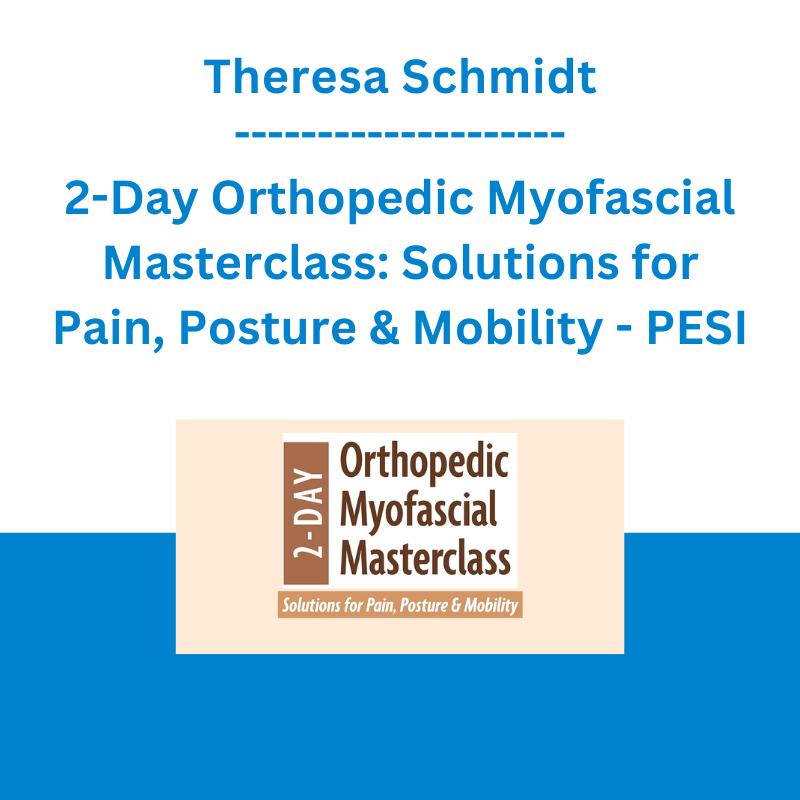


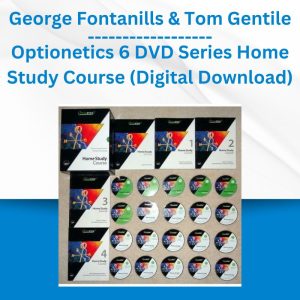
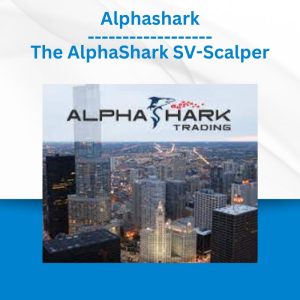




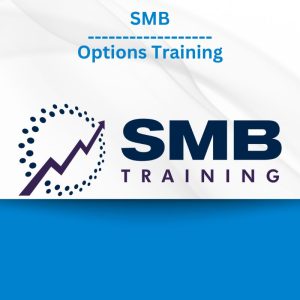 SMB - Options Training
SMB - Options Training  Toshko Raychev - Profit System + ITF Assistant
Toshko Raychev - Profit System + ITF Assistant  Fred Haug - Virtual Wholesaling Simplified
Fred Haug - Virtual Wholesaling Simplified  Team NFT Money - Ultimate NFT Playbook
Team NFT Money - Ultimate NFT Playbook  Greg Loehr - Advanced Option Trading With Broken Wing Butterflies
Greg Loehr - Advanced Option Trading With Broken Wing Butterflies  Keith Cunningham - Keys to the Vault - The 4-Day MBA
Keith Cunningham - Keys to the Vault - The 4-Day MBA  Jack Korbid - The Secret Sex Code
Jack Korbid - The Secret Sex Code 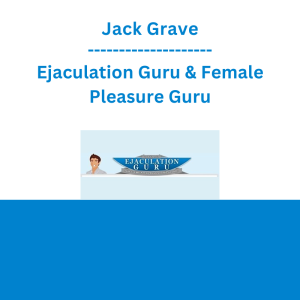 Jack Grave - Ejaculation Guru & Female Pleasure Guru
Jack Grave - Ejaculation Guru & Female Pleasure Guru  The Daily Traders – Exclusive Trading Mentorship Group
The Daily Traders – Exclusive Trading Mentorship Group 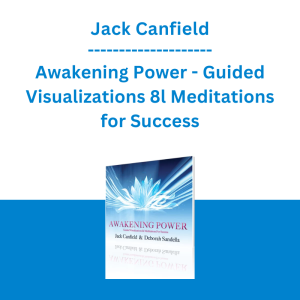 Jack Canfield - Awakening Power - Guided Visualizations 8l Meditations for Success
Jack Canfield - Awakening Power - Guided Visualizations 8l Meditations for Success  Subliminal Club - Godlike Masculinity: Develop an Impenetrable Sense of Masculinity, Get Better Subliminal Results
Subliminal Club - Godlike Masculinity: Develop an Impenetrable Sense of Masculinity, Get Better Subliminal Results 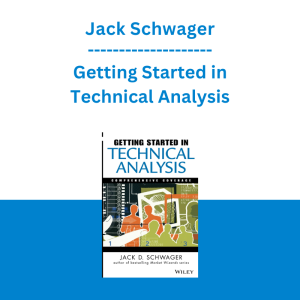 Jack Schwager - Getting Started in Technical Analysis
Jack Schwager - Getting Started in Technical Analysis 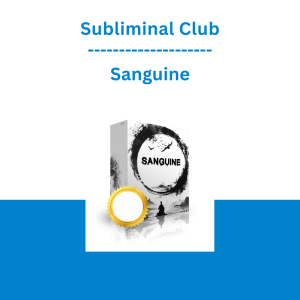 Subliminal Club - Sanguine: Maintain Confidence and Optimism, Brush Away Negativity Subliminal
Subliminal Club - Sanguine: Maintain Confidence and Optimism, Brush Away Negativity Subliminal 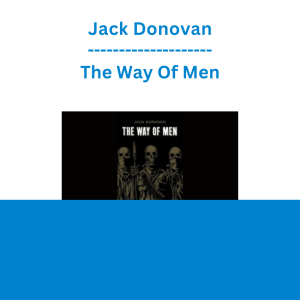 Jack Donovan - The Way Of Men
Jack Donovan - The Way Of Men  Jack Bernstein - How to Trade the New Single Stock Futures
Jack Bernstein - How to Trade the New Single Stock Futures  Matthew Kratter - Trader University
Matthew Kratter - Trader University